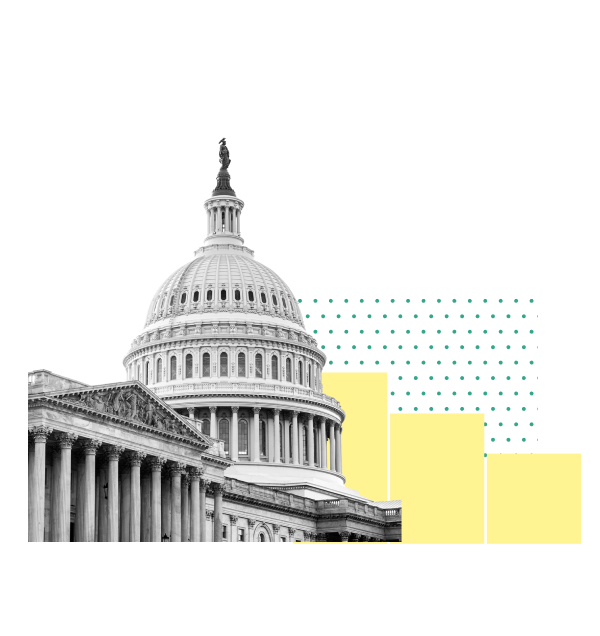Economy
Understand the financial forces that affect daily American life. Discover how exports and imports impact US taxes and debt, plus learn about inflation and other economic indicators.
Data guides
GovernmentEconomy
Federal finances
The US federal government’s finances affect nearly every aspect of daily life, from the roads people drive on to the taxes they pay. Explore data on how the government collects and spends money, where funds are distributed, and the financial challenges it faces.

Economy
The trends in housing affordability and subsidized housing
Housing is a key issue impacting many communities across the United States. This guide presents data on subsidized housing availability, rental costs relative to incomes, and homeownership trends to provide a clearer picture of the current housing landscape.

Recent articles
Fact-based answers to the questions we’ve all been asking.